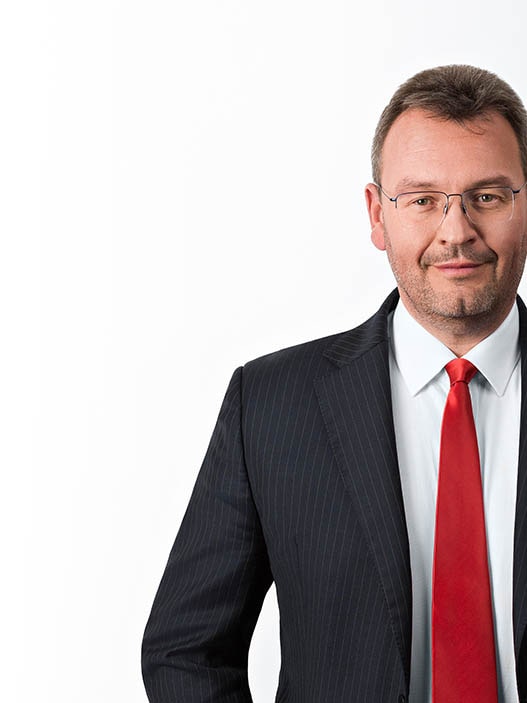Central Europe’s real estate boom set to continue as global funds seek higher yields
Warsaw, 18 September 2019 – Central Europe’s real-estate boom is set to continue as international investors flock to the market, attracted by its growth prospects and higher yields, according to experts from law firm Wolf Theiss attending the Europe GRI 2019 Conference in Paris on Sept. 11-12.
Central Europe’s largest cities, including Warsaw, Prague, Budapest and Bucharest, have seen rising interest from global real-estate investors and property developers over the last decade as most of the region’s economies posted solid growth while interest rates fell. Last year, the region recorded its best year ever for real estate investment, with the value of transactions reaching €13.3 bln, according to JLL data. The value of deals in the first half of this year stood at €5.47 bln, with Poland accounting for almost half of that amount.
“The positive mix of solid economic growth, attractive yields and low interest rates has been the driving force behind the real-estate market’s spectacular expansion,” said Tomasz Stasiak, Co-Managing Partner and Head of the Real Estate practice team at Wolf Theiss in Warsaw. “The region’s top countries, particularly Poland, will remain on the radar screens of leading global funds as property prices are expected to climb, gradually coming to match those in Western Europe.”
Poland has been a top destination for large multinational companies seeking to develop business services centers over the past decade. More than 900 international and domestic companies have set up such offices across the country, employing nearly 310,000 people, according to the Warsaw-based Association of Business Services Leaders (ABSL).
“For many international funds, this vibrant region is a perfect gateway to enter the European real-estate market,” said Stasiak. “Yields are higher here than in the western part of the European Union with further potential for compression.”
Read the full text
